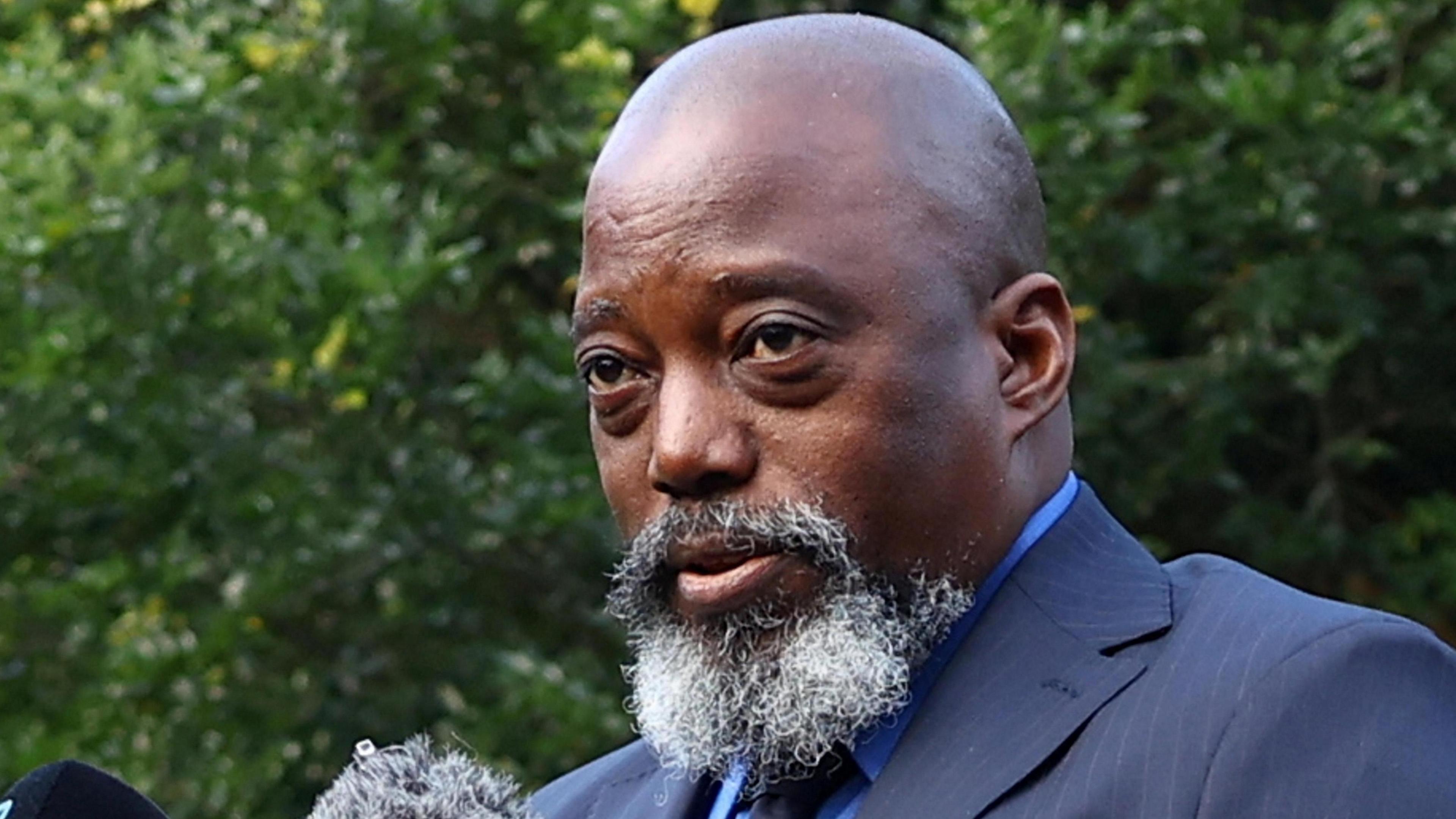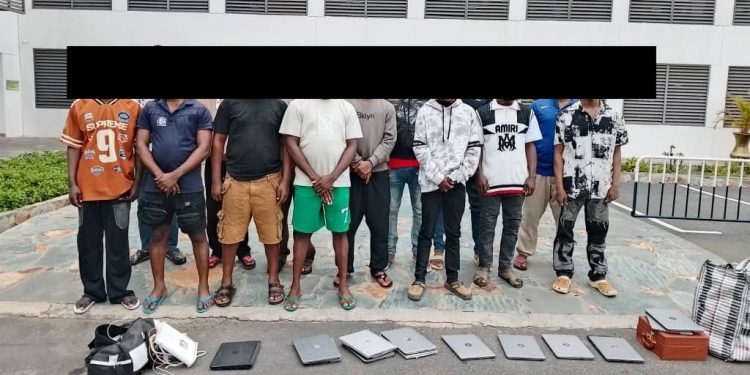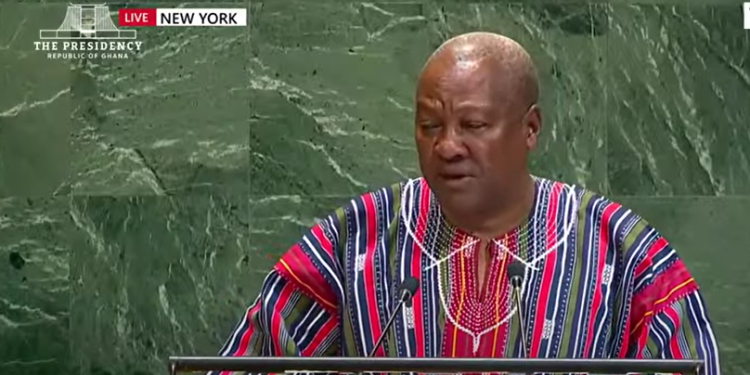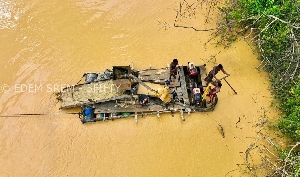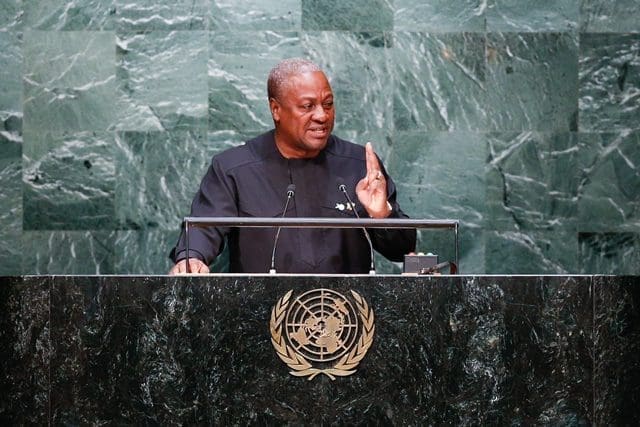The Pulse of Africa Lies in its Youth
Africa is the youngest continent on the planet, with over 60% of its population under the age of 25. Today’s youth represent not only the largest demographic group on the continent, but also the most powerful engine for change, innovation, and global influence. However, the journey of the African youth has not always been this dynamic.
From the colonial era to independence movements, from post-colonial uncertainties to the digital age, African youth have evolved in incredible ways. They have shifted from being passive recipients of systems and ideologies to becoming active architects of their future.
This article explores in depth the transformation of African youth comparing today’s generation to their predecessors while analyzing their identity, aspirations, challenges, and contributions to Africa’s development.
1. Youth in Historical Context: The Past Generations
a. Colonial Era Youth (1800s–1950s)
During the colonial period, youth in Africa had limited roles in society. Colonial governments restricted access to education, especially beyond primary school. Youth were often seen as labor for mines, plantations, or European economic interests.
Young Africans who managed to access education through missionary schools were typically trained for subservient roles such as clerks, interpreters, or religious catechists. Their worldviews were shaped by colonial ideologies that suppressed African identity and cultural pride.
Yet, even in this era, pockets of youth resistance began to emerge. In places like Ghana, Nigeria, Kenya, and South Africa, educated youth started forming unions, literary societies, and nationalist movements. Their resistance laid the foundation for Africa’s push for independence.
b. The Independence Era Youth (1950s–1980s)
This was a generation of purpose driven idealism. Youth who grew up during or just after independence were highly politicized. They were shaped by Pan-Africanism, socialism, and the dream of self-determination. African leaders like Kwame Nkrumah, Julius Nyerere, and Patrice Lumumba were youth themselves or inspired young people to serve in government, join liberation movements, or organize national development projects.
However, post-independence also brought disillusionment. Many nations experienced coups, civil wars, or autocratic regimes. In places like Uganda under Idi Amin, or Liberia under Doe, youth were both victims and participants in political instability. Unemployment rose, and economic stagnation made many lose faith in government-led progress.
2. Today’s African Youth: A New Generation of Consciousness
Fast forward to today, and we see a drastically different generation. The 21st-century African youth are better connected, better informed, and more vocal than any generation before.
a. Education and Skillsets
Unlike in the past where access to education was limited to urban centers or elite families, more youth today especially girls are gaining access to education. Although quality remains uneven, literacy rates have improved significantly.
However, this generation faces the “educated but unemployed” paradox. African universities are producing graduates faster than the economy can absorb them. This has led to a boom in youth entrepreneurship, side hustles, and digital freelancing.
Moreover, today’s youth are far more digitally literate, learning online, mastering coding, video production, app development, and artificial intelligence. Platforms like YouTube, Coursera, and TikTok have become learning spaces for creative and tech-savvy minds.
b. Technology and the Internet
Arguably, the internet has created the biggest gap between past and present generations. Mobile penetration across Africa has exploded, and the youth are online in huge numbers.
Today’s African youth are:
• Creating content that goes viral globally (e.g., Nigerian skit makers, Ghanaian dancers, South African vloggers)
• Starting digital businesses (e.g., fintech startups in Kenya and Nigeria)
• Using Twitter, TikTok, and Facebook to raise awareness on social issues (#EndSARS, #FeesMustFall, #ZimbabweanLivesMatter)
• Learning new languages, skills, and cultures without leaving their country
The internet has opened global doors but also exposed youth to cyber threats, digital misinformation, and a race for validation in curated realities.
3. Identity and Culture: Then vs Now
a. Tradition vs Modernity
In the past, youth identity was tightly linked to community traditions. Initiation ceremonies, communal living, and strong family hierarchies shaped values and behavior. Respect for elders, collective responsibility, and conformity were expected.
Today, youth identity is more fluid. Many are navigating between traditional African values and global influences. Young people wear Ankara with sneakers, speak local languages while rapping in English, and engage in traditional rites while identifying as global citizens.
However, this hybridity can create cultural friction, with older generations often criticizing youth for being “too Westernized” or “disrespectful.” But to many youths, this is not rebellion, it’s evolution.
b. Creative Arts and Pop Culture
Modern African youth are redefining pop culture:
• Music genres like Afrobeats, Amapiano, and Hiplife have global appeal.
• African fashion is influencing global trends.
• Young authors, poets, and filmmakers are telling authentic African stories (e.g., Chimamanda Ngozi Adichie, Wanuri Kahiu, Amaarae).
In the past, creativity was often discouraged unless it was “formal” or linked to church or politics. Now, it’s a badge of honor and a career path.
4. Civic Engagement and Politics
a. From Passive Observers to Active Agents
The youth of previous decades were largely excluded from governance. Today’s youth are more vocal, more organized, and more politically conscious.
They:
• Lead protests and advocacy campaigns
• Run for political office (e.g., Uganda’s Bobi Wine, 39, and Nigeria’s Dipo Awojide)
• Demand transparency and accountability
• Use social media to organize grassroots movements
Still, many African political systems remain hostile or dismissive toward youth inclusion. Youth are often used during elections but excluded from policymaking.
5. Economic Realities and Hustle Culture
a. From Government Dependency to Entrepreneurial Spirit
In the past, youth aspired to government jobs or white-collar employment. That system is no longer reliable. Today’s youth are self-reliant—embracing the “hustle culture.”
They run:
• Online stores
• Food delivery businesses
• Hair salons and tech repair centers
• Crypto trading ventures
• Clothing brands
Social media has become both a shop and a portfolio. Youth are building brands from their bedrooms.
But this hustle lifestyle also brings stress, burnout, and financial insecurity, highlighting the need for structured economic support.
6. Gender and Inclusion
The youth of today are more aware of gender rights, LGBTQ+ issues, and mental health topics that were once taboo in African societies.
Young women are:
• Leading businesses
• Running NGOs
• Challenging beauty standards
• Speaking up against GBV (gender-based violence)
In the past, women’s roles were largely domestic. Today’s African girls dream of becoming pilots, presidents, engineers, and coders.
But barriers remain, early marriage, abuse, and underrepresentation persist in many areas.
7. Mental Health and Social Pressure
Unlike older generations who endured silently, today’s youth are increasingly open about depression, anxiety, trauma, and self-worth.
Mental health is being addressed through:
• Peer counseling
• Online therapy platforms
• Music and art therapy
• Youth-led mental health campaigns
The downside of modern youth life, social media pressure, unemployment, identity crises has made mental wellness a central conversation.
8. Youth and Climate Action
Today’s African youth are at the forefront of climate advocacy. Movements like Fridays for Future Africa are led by teens and young adults demanding environmental justice.
Unlike older generations, today’s youth:
• Understand the science behind climate change
• Are creating eco-startups (e.g., recycling, clean energy)
• Use global platforms to speak truth to power
They know that their futures depend on how today’s climate decisions are made.
Conclusion: The Youth Have Always Been the Soul of Africa
While each generation of African youth has had its unique journey, today’s youth stand out for their global awareness, digital fluency, and courageous voices. They are bold, entrepreneurial, creative, and increasingly unafraid to challenge systems and rewrite the African story.
But their power must be matched by investment:
• Governments must create enabling environments.
• Businesses must fund youth innovation.
• Communities must support youth dreams.
• Elders must pass the torch without fear.
The youth of Africa are not waiting for the future, they are creating it. And they deserve every platform, opportunity, and support we can give them.






